|
| |
|
|
|
|
| 1 |
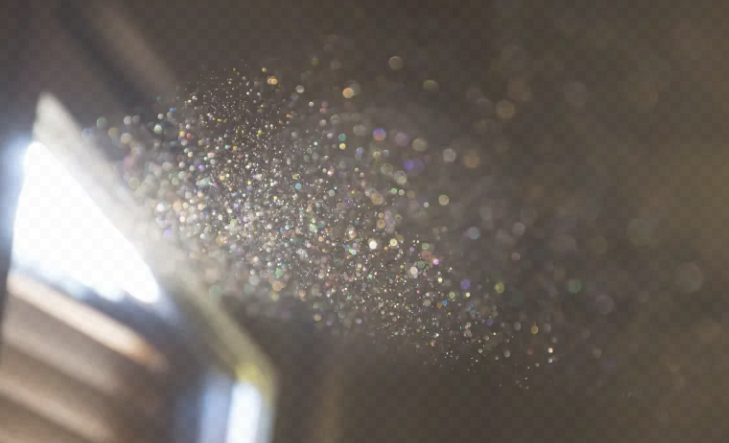
|
|
760R 931C What Is Dust Made Of?
Dust is made of many tiny things. In houses, it has skin cells, hairs, pet dander, and threads from clothes. Dust mites live in dust and eat dead skin and fungi. Each home’s dust is unique because it comes from the people, pets, and things inside.
Dust also comes from outside...
|
|
VOCA
READING
BLOCK
ORDER
DUBBING
|
|
|
| 2 |
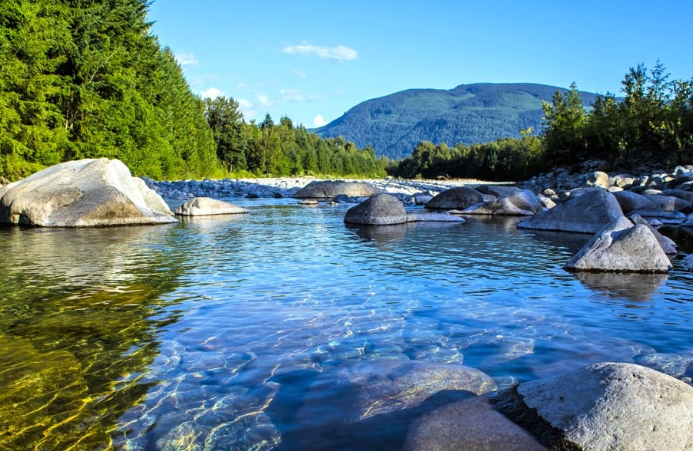
|
|
720R 851C Where Do We Get Fresh Water?
Our bodies are mostly water, and fresh water is essential for life. However, only 2.5% of Earth’s water is fresh, and even less is easily usable. Fresh water includes surface water, ice caps, and groundwater.
Surface water, like rivers and lakes, makes up only 0.3% of fresh w...
|
|
VOCA
READING
BLOCK
ORDER
DUBBING
|
|
|
| 3 |
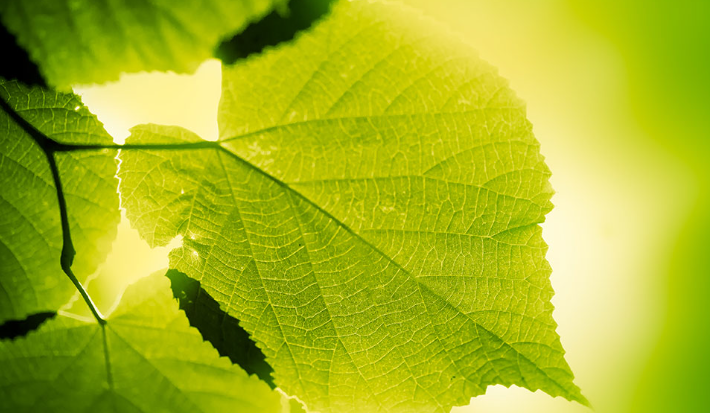
|
|
781R 973C Photosynthesis and Food
Most of the food we eat, like fruits and pasta, contains carbohydrates made of carbon, hydrogen, and oxygen. These atoms come from air, water, and sunlight through photosynthesis in plants.
Plants take in carbon dioxide through pores called stomata and absorb water through the...
|
|
VOCA
READING
BLOCK
ORDER
DUBBING
|
|
|
| 4 |
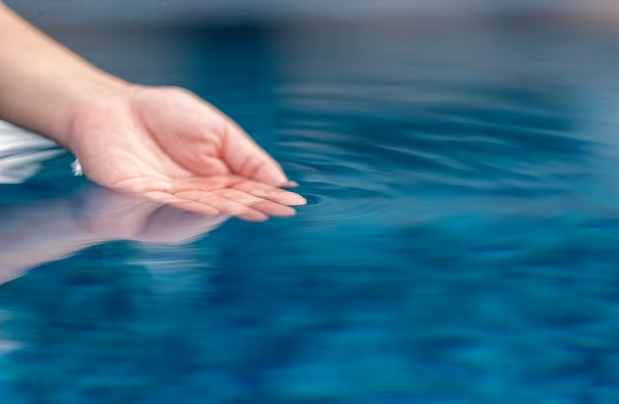
|
|
766R 943C Why Do Fingers Wrinkle in Water?
When fingers get wet, they wrinkle, a phenomenon scientists have studied for decades. In the 1930s, doctors noticed that people with hand nerve damage did not get wrinkly fingers, suggesting that wrinkles might have a purpose.
Scientists now think pruney fingers work like rain...
|
|
VOCA
READING
BLOCK
ORDER
DUBBING
|
|
|
| 5 |
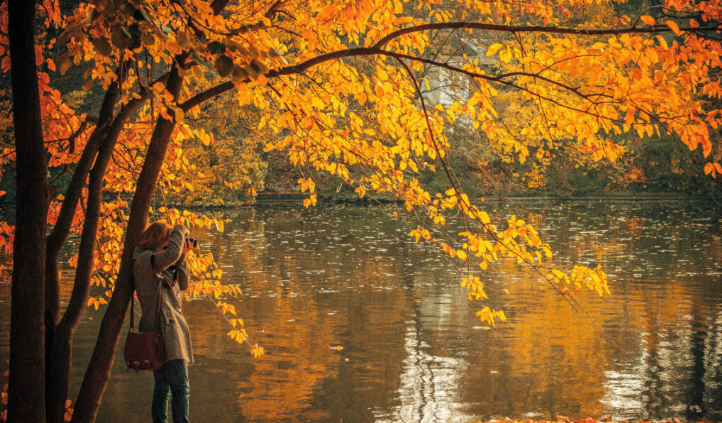
|
|
804R 1019C Why Do Seasons Change?
Seasons change because of Earth's tilt, not its distance from the sun. Earth's orbit is almost circular, so the distance from the sun changes only slightly. In fact, Earth is closer to the sun in January than in July.
Earth tilts 23.5 degrees on its axis as it spins and revolv...
|
|
VOCA
READING
BLOCK
ORDER
DUBBING
|
|
|
| 6 |
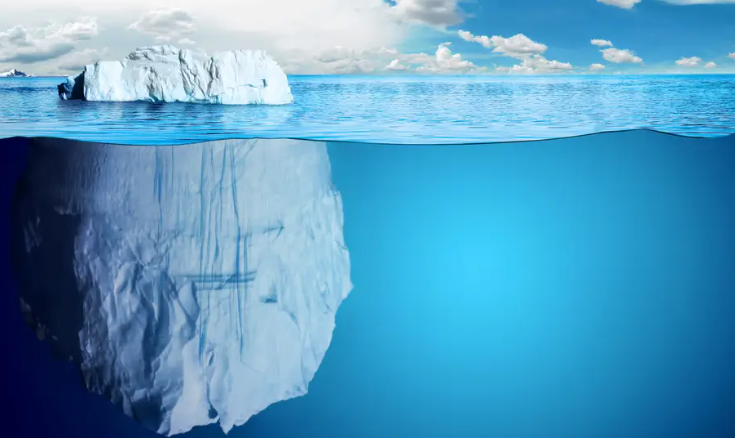
|
|
876R 1162C What’s Below the Tip of the Iceberg?
Icebergs are mostly underwater because ice is less dense than seawater. About 1/9 of an iceberg is above the surface, and the rest remains hidden. Icebergs form when glaciers, made of compressed fresh water, break off into the sea. This process can take thousands of years.
Onc...
|
|
VOCA
READING
BLOCK
ORDER
DUBBING
|
|
|
| 7 |
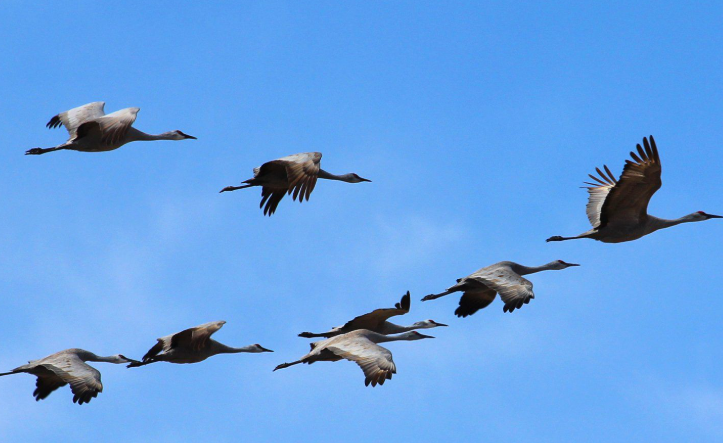
|
|
756R 923C The Perilous Journey of Migrating Birds
Each spring, many songbirds return from Central and South America. They travel up to 7,000 miles to breed. Before leaving, birds eat a lot to store energy. While flying, they lose weight quickly.
The journey is not just hard on their bodies. Human activities are making it wors...
|
|
VOCA
READING
BLOCK
ORDER
DUBBING
|
|
|
| 8 |
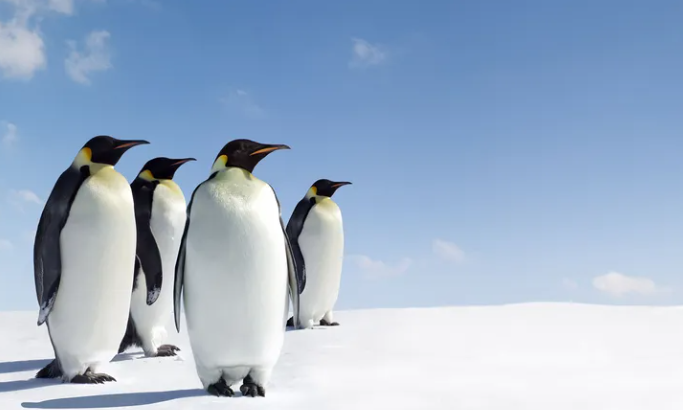
|
|
854R 1119C The life of Penguins.
Penguins are loved worldwide for their charm but face many dangers. Unlike flying birds, they have evolved to swim fast and dive deep with their flipper-like wings and solid bones. Penguins live in the Southern Hemisphere, from Antarctica to warm regions like South Africa and the...
|
|
VOCA
READING
BLOCK
ORDER
DUBBING
|
|
|
| 9 |
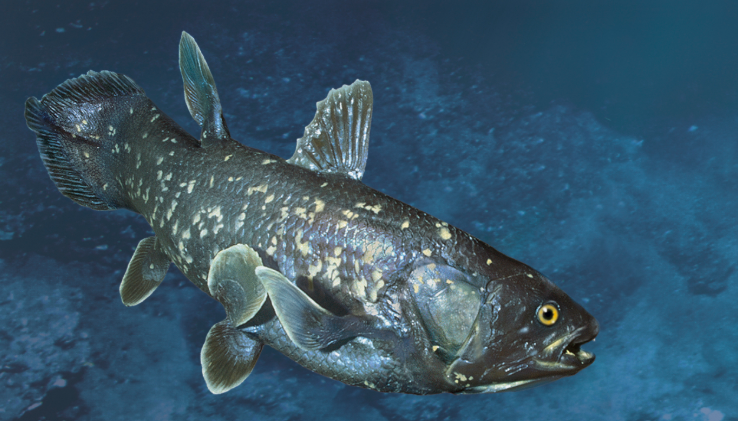
|
|
772R 955C Coelacanth: The Living Fossil
The coelacanth, a fish thought to have gone extinct 65 million years ago, was rediscovered in 1938 near South Africa. This "living fossil" has barely changed in 300 million years. Later, a second species was found near Indonesia, proving its survival over millennia.
What makes...
|
|
VOCA
READING
BLOCK
ORDER
DUBBING
|
|
|
| 10 |
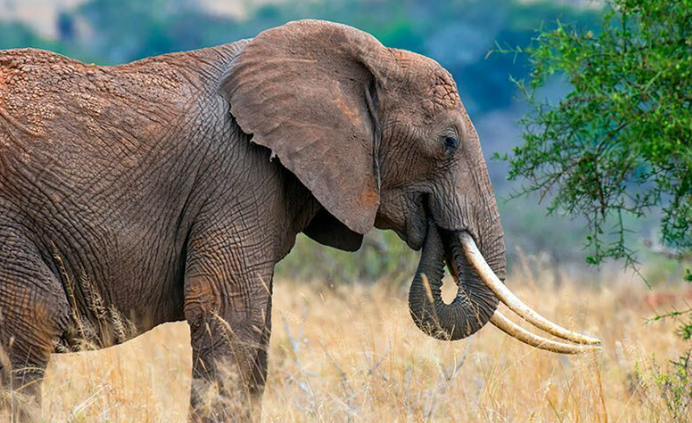
|
|
772R 954C Why Elephants Never Forget
The saying “elephants never forget” is scientifically accurate. Elephants can recognize up to 30 herd members and remember other animals and humans for decades. Their large brain, comparable to a chimpanzee’s in complexity, supports this memory. The hippocampus helps encode im...
|
|
VOCA
READING
BLOCK
ORDER
DUBBING
|
|
|
| 11 |

|
|
772R 954C How Do We Breathe?
Breathing keeps us alive by delivering oxygen to our bodies. Air enters through the nose or mouth and moves to the lungs' alveoli, where oxygen is absorbed into the blood. The diaphragm and intercostal muscles control this process.
Stress affects breathing. Shallow breaths dur...
|
|
VOCA
READING
BLOCK
ORDER
DUBBING
|
|
|
| 12 |
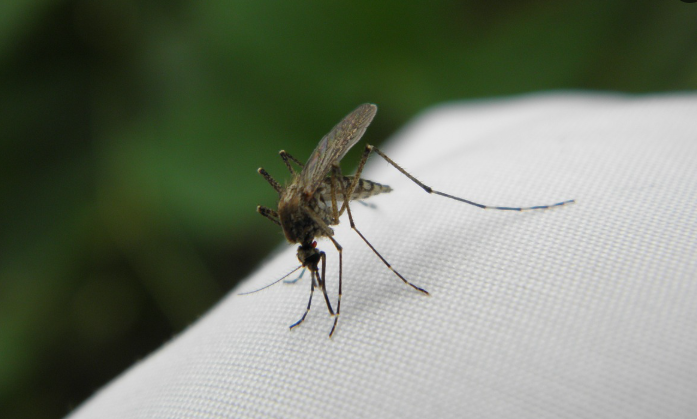
|
|
756R 922C Why Mosquitoes Bite Some People More
Mosquitoes prefer some people over others due to several factors. Female mosquitoes feed on blood to support egg production and use specialized sensors to detect their preferred hosts. They are attracted to carbon dioxide exhaled by humans, body heat, and odors created by microor...
|
|
VOCA
READING
BLOCK
ORDER
DUBBING
|
|
|
| 13 |

|
|
800R 1011C How Did Museums Begin?
Museums have a history of over 2,000 years, evolving greatly from their origins. The word "museum" comes from the Greek "mouseion," temples for the Muses, where offerings like sculptures and scientific tools were displayed to seek inspiration. The first known museum was created b...
|
|
VOCA
READING
BLOCK
ORDER
DUBBING
|
|
|
| 14 |
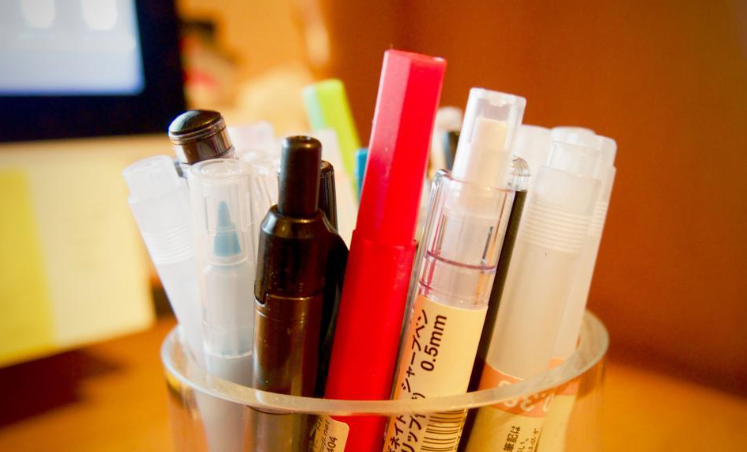
|
|
859R 1128C A Brief History of Plastic
Plastics originated from the need to replace materials like ivory in the 19th century. In 1863, John Wesley Hyatt invented celluloid, the first plastic, made from cellulose. Although celluloid was flammable, it paved the way for modern plastics.
In 1907, bakelite, a safer plas...
|
|
VOCA
READING
BLOCK
ORDER
DUBBING
|
|
|
| 15 |

|
|
750R 910C Why Can’t You Put Metal in a Microwave?
Microwave ovens use electromagnetic waves to heat food by making polar molecules, like water, vibrate and create frictional heat. This technology, originally developed for RADAR in World War II, doesn’t chemically alter food but mechanically heats it.
Metal objects in a micro...
|
|
VOCA
READING
BLOCK
ORDER
DUBBING
|
|
|
| 16 |
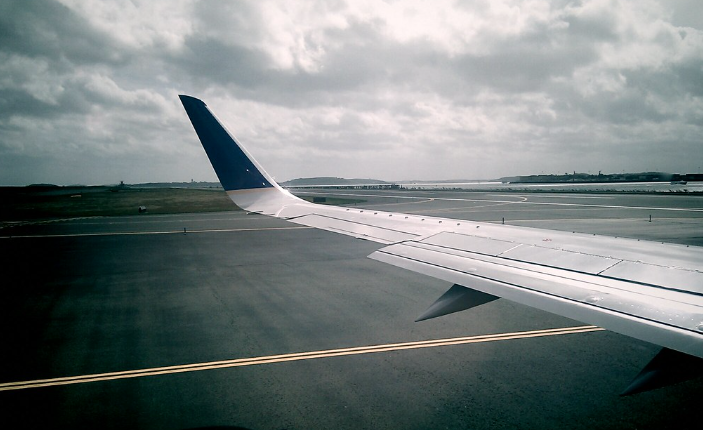
|
|
738R 887C What Happens If You Don’t Put Your Phone i...
Phones emit strong radio wave signals to connect with cell towers. In flight, phones work harder to find service due to the distance from towers, broadcasting loud signals that can overwhelm ground communications and act like radio jammers.
On the ground, electronic devices al...
|
|
VOCA
READING
BLOCK
ORDER
DUBBING
|
|
|
| 17 |
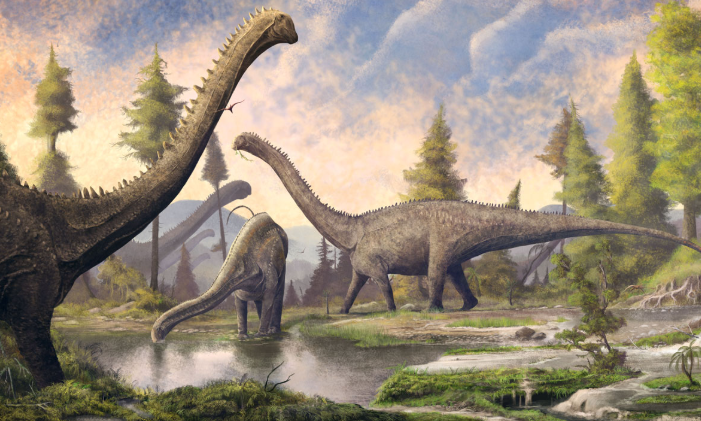
|
|
784R 979C Were Long Necks Also Tall Necks?
Sauropod dinosaurs, known for their incredibly long necks, raise questions about how these necks were positioned—vertically, horizontally, or somewhere in between. Paleontologists debate this because fossils often lack complete neck bones, and soft tissues like cartilage, w...
|
|
VOCA
READING
BLOCK
ORDER
DUBBING
|
|
|
| 18 |
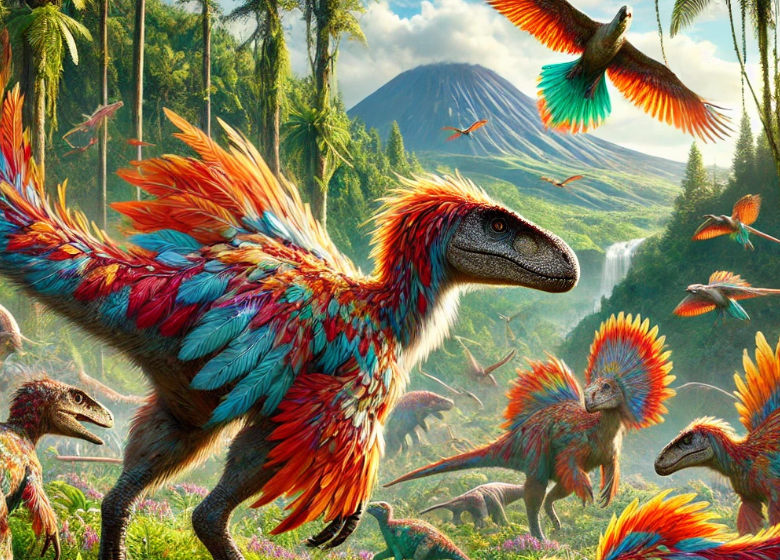
|
|
806R 1022C Did Dinosaurs Really Have Feathers?
Scientists have confirmed that many dinosaurs, especially theropods like Velociraptors and possibly T. Rex, had feathers. Fossils discovered over the past 20 years, especially in China, show clear evidence of feather-like structures called "dinofuzz."
Feathers served various p...
|
|
VOCA
READING
BLOCK
ORDER
DUBBING
|
|
|
| 19 |
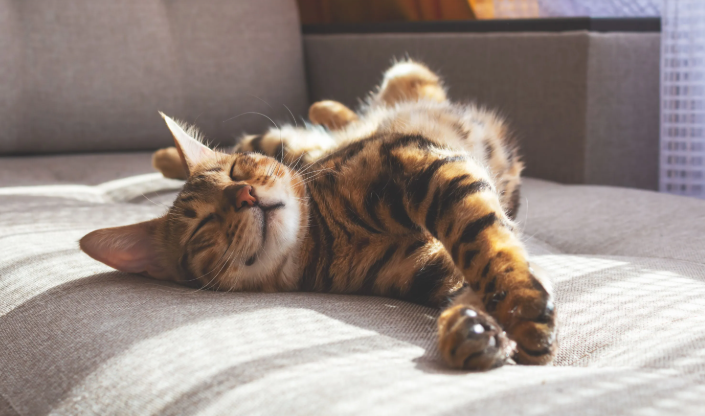
|
|
780R 971C Why Do Cats Purr?
Cats purr by using their larynx and diaphragm muscles, creating rhythmic vibrations between 25 and 150 hertz during inhaling and exhaling. While purring is often associated with happiness, cats also purr when in pain, giving birth, or even dying. This suggests that purring is not...
|
|
VOCA
READING
BLOCK
ORDER
DUBBING
|
|
|
| 20 |
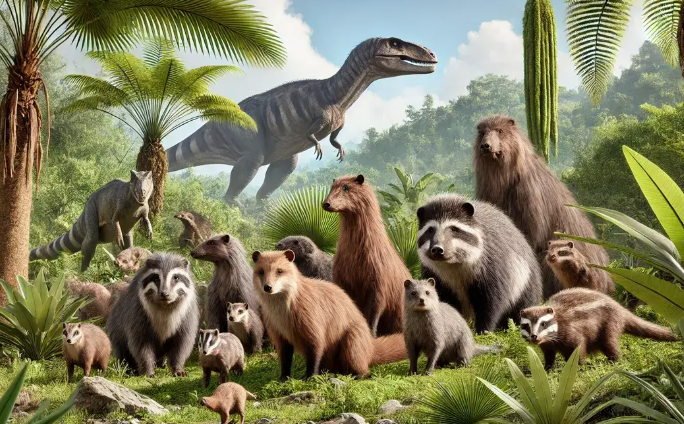
|
|
791R 993C Why Mammals Are Smaller Than Dinosaurs
Long ago, dinosaurs grew very big. One dinosaur, Amphicoelias Fragillimus, was 60 meters long and weighed 122 tons. Today, the biggest land mammal is the African elephant. It is only 5.5 tons and 3-4 meters tall. Why are mammals smaller than dinosaurs?
First, mammals give birt...
|
|
VOCA
READING
BLOCK
ORDER
DUBBING
|
|
|
| 21 |
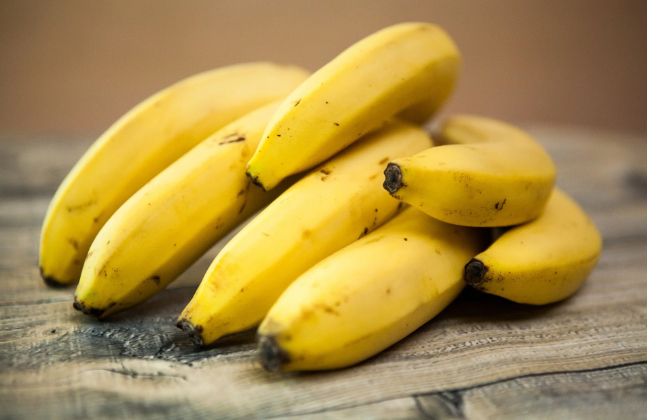
|
|
742R 894C Bananas: Not What They Seem
Bananas are popular and nutritious fruits that people love for their convenience. However, bananas today are not like wild bananas. Wild bananas have seeds, but the bananas we eat, like the Cavendish, are seedless and grown from plant stems.
Before the 1960s, most people ate t...
|
|
VOCA
READING
BLOCK
ORDER
DUBBING
|
|
|
| 22 |
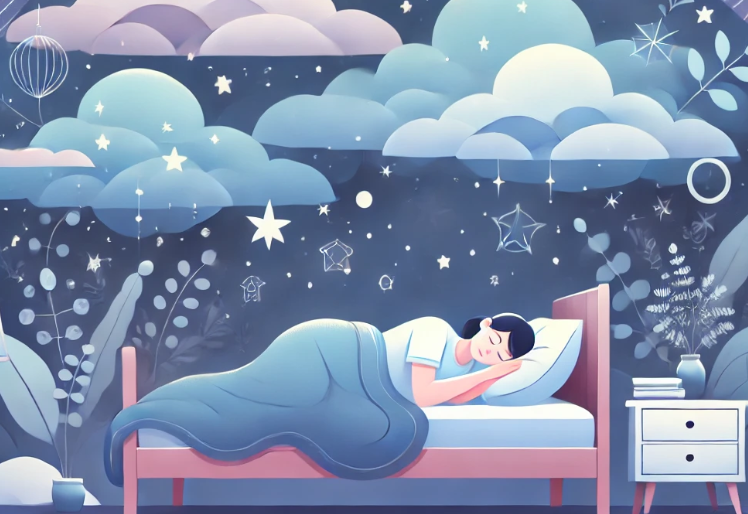
|
|
831R 1073C Why Sleep Is Essential
Sleep is something everyone needs, but scientists still do not fully understand why. Sleep helps our brains and bodies rest and recover. It may also help us survive by keeping us safe and saving energy.
Our brains control sleep using light and chemicals like melatonin and aden...
|
|
VOCA
READING
BLOCK
ORDER
DUBBING
|
|
|
| 23 |
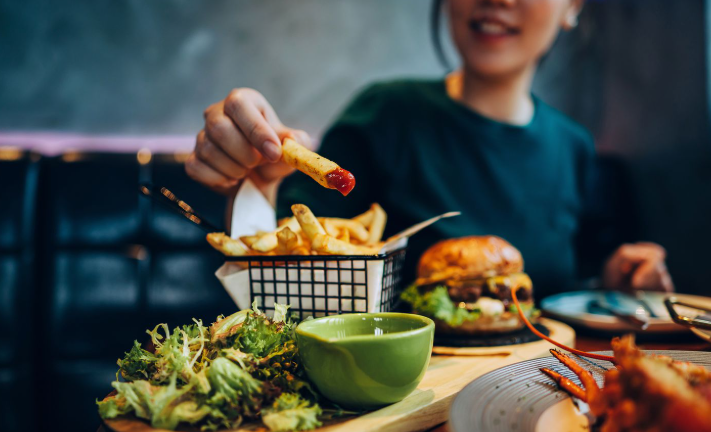
|
|
828R 1066C What Happens When You Stop Eating
Starvation happens when the body doesn’t get enough food. Without oxygen, people die in minutes. Without water, they last a few days. But without food, a person can survive for weeks or even two months. The body goes through three phases during starvation to stay alive.
In Ph...
|
|
VOCA
READING
BLOCK
ORDER
DUBBING
|
|
|
| 24 |
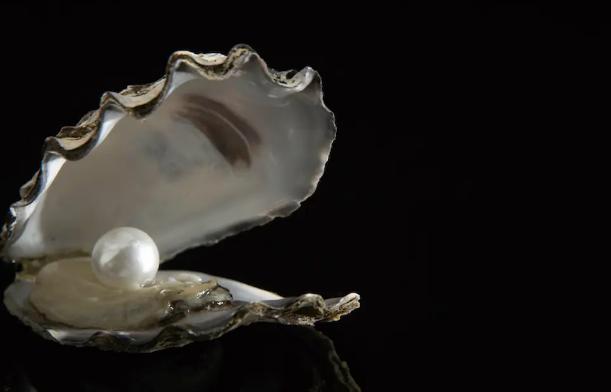
|
|
703R 816C How Oysters Make Pearls
Pearls are not mined from the earth but made inside oysters. This happens when something small, like a bit of food, gets trapped between the oyster’s soft tissue and hard shell. This irritates the oyster, similar to a splinter in your skin.
To protect itself, the oyster cover...
|
|
VOCA
READING
BLOCK
ORDER
DUBBING
|
|
|
| 25 |
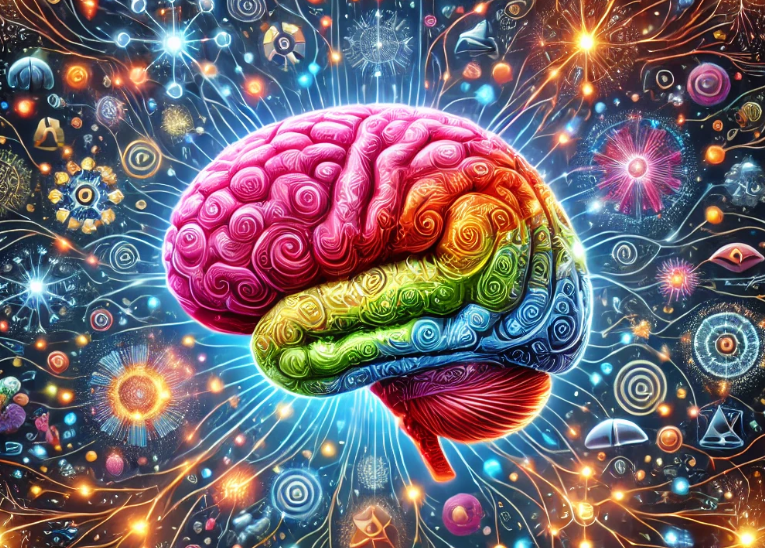
|
|
821R 1052C Do We Only Use 10% of Our Brain?
People often say humans use only 10% of their brains. This idea is popular in movies and speeches, but it is not true. Scientists have proven that we use every part of our brain.
Brain scans like MRIs show that different areas of the brain are active during simple tasks, like ...
|
|
VOCA
READING
BLOCK
ORDER
DUBBING
|
|
|